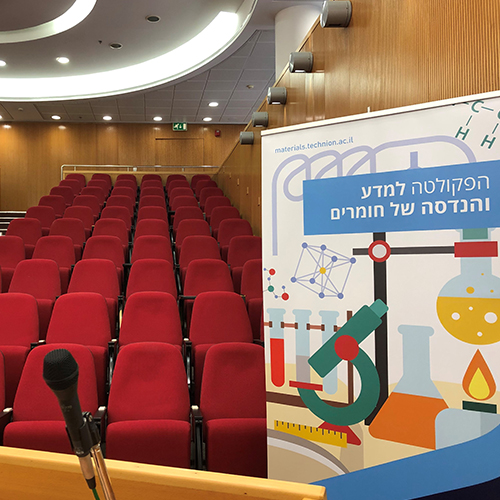
Prof. Louisa Meshi
25/12/2025
David Wang Auditorium, 3rd Floor, Dalia Maydan Bldg.
13:30
The development of next-generation structural materials for industrial applications requires microstructural control. In our laboratory, we pursue this goal through a dual-path research strategy focused on multicomponent alloy systems. The first path employs a pseudo-binary diffusion couple approach to systematically explore phase stability and microstructural evolution across compositional gradients. The second path investigates the role of structural defects as a means to tailor mechanical performance.
In the first route, diffusion couples were constructed between equiatomic quaternary alloys (e.g., AlCoFeNi, CoCrFeNi) and pure elements (Al, Cr, Fe, Ni), generating continuous composition profiles. This method enabled high-resolution mapping of phase transitions. Our findings were validated using a variety of classical and state of the art electron microscopy methods and are directly relevant to the design of high-performance materials for structural and energy applications.
The second route focuses on the engineering of structural defects in B2-structured alloys. Planar defects, specifically Anti-Phase Boundaries (APBs), often overlooked, have been shown to influence mechanical, magnetic, and thermal properties. Using Fe-Al-based B2 alloys as model systems, we conducted both experimental (ex-situ and in-situ TEM) and theoretical, using DFT, studies to understand APB formation mechanisms. Our results revealed that APBs form above a critical Fe concentration (~68 at%) and can be stabilized independently of secondary phase transformations. Furthermore, doping with Cr and Ni and/or strain was found to influence APB energy and dislocation behavior, offering a pathway to enhance ductility without compromising strength.
Together, these two complementary strategies form a robust framework for the rational design of multicomponent alloys. This integrated approach supports the development of materials with tailored microstructures and superior performance.


